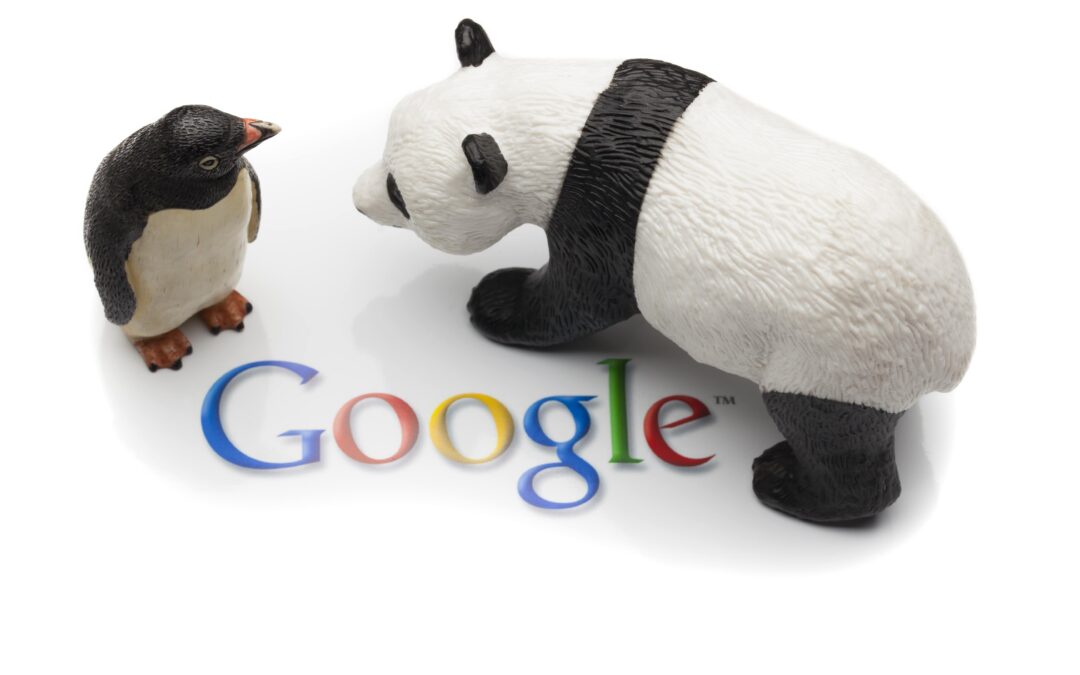After the Panda and Penguin algorithm, Humminbird is a new algorithm. It approaches search engine queries in a brand new and intelligent way utilizing new technology combined with old features of existing algorithms. It is named for the speed and accuracy of the tiny bird.
How can We Take Advantage of Hummingbird Algorithm:
Below are the advantages of Hummingbird:
- Hummingbird is an invitation to Opportunity: Most important thing for you is to give search engines an opportunity to find you. More entrance pages with original content will accomplish several goals that can help with Hummingbird on the prowl:
- More pages that are original offer more opportunity to answer search engines.
-
- A wider topic coverage area for your expertise.
- The chance to introduce more long tail keywords.
- Surfing the news websites for your niche and writing creative content from current stories.
- Videos are still hot and alluring for those choosing links with answers to their questions.
- Infographics draw the curious and are a great way to answer search engine queries in a creative and attractive manner.
- The Hummingbird Algorithm Opens Door: Nothing changes unless you make an effort to get noticed. If you want to grow your business and want a competitive keyword market then you need to be creative. If your business is to grow, the website and its corresponding blog needs to grow. The same thing that worked before, should still work with Hummingbird, especially if the content contains the answers to current topics from which questions may arise. All of these things still work:
-
- Surfing the new websites for your niche and writing creative content from current stories.
- Videos are still hot and alluring for those choosing links with answers to their questions.
- Infographic draws the curious and are a great way to answer search engine queries in a creative and attractive manner.
- Hummingbird do’s and don’ts: One of the mistakes that some webmasters have made already is to hit the panic button and attack their existing content. You do not need to go through your entire site and make changes to content or anchor text to get hummingbird’s attention.
If you have unique, original and fresh content then don’t change it. The mistake of changing your content will ruin your perfect content. Rather than changing it , the best thing to do is balance your content moving forward and add some “how to” articles and blogs posts.
Another best practice is claim authorship. Google loves Google. You should tie your website and corresponding blog to Google+ Account.
Tying your efforts to Google+ allows your content efforts to be seen in the work section of your plus account by everyone in your circles.
Do not do anything foolish such as suddenly hiring a link building service that uses less than desired tactics to load you up with how to link or who knows what. Google will surely have a watchdog program for that. Keep it natural and have your company message associated with good quality content.
It is always good practice to take benefit of all the free of cost services offered by Google. These services help you to improve your SEO strategies, website, and blog. Video links on Google owned YouTube.com that teach or answer important questions are a perfect example of taking advantage of Google’s generosity and putting your business website squarely on Google’s Hummingbird map. Interviews with experts in your niche also are a wonderful idea since they are already composed in the question and answer format. Here are some other things that can help:
- Comprehensive FAQ page
- Q &A blog category
- How to post
- Interviews
- Researches
- Industry debates
- Ask the expert(do something with it, google will love more.)
- Where can I (complete the sentence)
- Why (complete the sentence)
- What (complete the sentence)
SEO & Duplicate Content
Identical content on the same site can negatively influence a site’s search engine visibility. Duplicate content is termed as the content that appears on the internet more than one place. That one place is the location with a unique URL or website address. So if the same content is present on two or more websites then it is considered as duplicate content.
Duplicate content can impact search engine ranking. When there is the same content on the internet or simply we can say that the same content exists on two or more websites then it becomes difficult for search engines to identify which version is more relevant to a given query.
Why does Duplicate Content Matter for Search Engines?
It can create three main issues for search engines:
- They do not know which version to exclude or include from their indices.
- They get confused between whether to direct the link metrics to one page, or keep it separated between multiple versions.
- It becomes difficult for them to decide which version to rank for query results.
How do Duplicate Content Issues Happen?
It is obviously that site owners do not intentionally create duplicate content. But it does not mean that it is not out there.
Let’s take a look at some of the most common ways in which duplicate content is unintentionally created:
- URL Variations: URL parameters, such as click tracking and some analytics code, can cause duplicate content issues. This can be a problem caused not only by the parameters themselves, but also the order in which those parameters appear in the URL itself.
Session IDs are also common duplicate content creators. This occurs when each user that visits a website is assigned a different session ID that is stored in the URL.
Another issue is printer-friendly versions of content, when multiple versions of pages get indexed.
The solution for these issues is to try to avoid adding URL parameters or alternate versions of URLs.
- HTTP vs HTTPS or WWW vs non-WWW Pages: If your site has both versions like with www.site.com or site.com, and the same content exists on both sites, then you have created duplicates of each other on those pages. Similar issue is with the HTTP and HTTPS versions of the site. If you have both versions for your site, the same content appears on both sites and is visible to search engines, then unfortunately you have created duplicate content issues.
- Scraped or Copied Content: Content does mean only blog posts or editorial content. It also includes product information pages. Scrapers republish your content to their own sites and hence turn your content into duplicate content. But in terms of e-commerce sites, product information is the common source of content duplication. If many different websites sell the same items, and they all use the manufacturer’s descriptions of those items, identical content winds up in multiple locations across the web.
How to Fix Duplicate Content Issues:
Fixing duplicate content issues all comes down to the same central idea: specifying which of the duplicates is the “correct” one.
301 Redirect: In many cases it is best to set 301 redirect from duplicate page to original content page.
When multiple pages with the potential to rank well are combined into a single page, they not only stop competing with one another; they also create a stronger relevancy and popularity signal overall. This will positively impact the “correct” page’s ability to rank well.
Rel=”canonical”:
This is the other best option to deal with the duplicate content. Rel=canonical attribute tells search engines that a given page should be considered as the copy of specified URL and, all of the links, content metrics, and “ranking power” that search engines apply to this page should actually be credited to the specified URL.
Meta Robot Noindex: Meta robot is also useful to deal with duplicate content. You can use a meta robot with the values “noindex,follow”. Commonly called Meta Noindex, Follow and technically known as content=”noindex,follow” this meta robots tag can be added to the HTML head of each individual page that should be excluded from a search engine’s index.
What is REL=canonical for SEO?
Use of this tag may prevent Google from penalizing your site for duplicate content . A canonical tag helps the search engines to understand that certain URLs are the same. Specially when you have an e-commerce website then your products or content may be similar to the content of other pages on your website or on other websites as well. You can use rel=canonical tag to tell search engines that your site has certain URLs that are the same.
Example of using rel=canonical tag:
- Pick up one of your two pages as the canonical version. This should be the version that you think is most important and has the most original content. You can also pick the one with more links and visitors.
- Add a rel=canonical link from the non-canonical page to the canonical page.
<head>
<link rel=”canonical” href=”www.website.com”/>
</head>
What this does is “merge” the two pages into one from a search engine’s perspective. It’s a “soft redirect”, without actually redirecting the user. Links to both URLs now count as the single, canonical version of the URL.
SEO Content That Provides Value & Insight
Content provides value and unique insights It is very helpful to provide unique and valuable content to your audience. Unique content is straightforward enough, but what this unique content actually means? What is required to make this unique content? Let's discuss...
What are WordPress tags for SEO?
WordPress tags and categories play a vital role in organizing your site’s posts properly. They can help you to increase the web traffic, boost your page views, and offer a great experience to your potential customers. With the proper use of tags and categories, you...
HTML Errors/ W3C Validations
Lots of HTML errors or sloppy coding may be a sign of a poor quality site. While controversial, many in SEO think that a well-coded page is used as a quality signal. 6 reasons why Google advice to validate your html Valid HTML and crawl rate: In Google search console...




